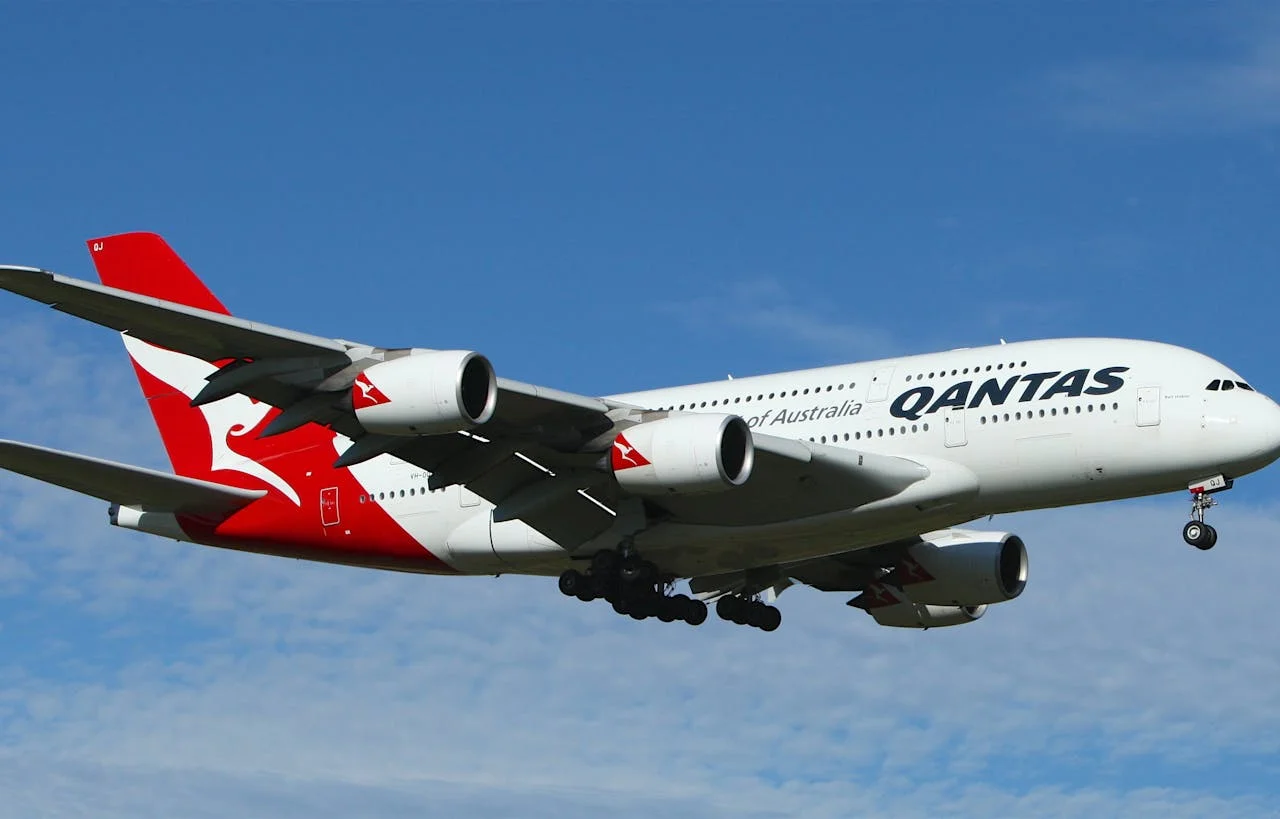
Cirium, a leading authority in aviation analytics, has released its 2024 Fleet Forecast Report through Cirium Ascend Consultancy, providing a comprehensive look at the future of the global commercial passenger and freighter markets. This marks the twelfth consecutive year the report has been published. The latest forecast anticipates that airlines will invest in approximately 45,900 new passenger aircraft, freighters, and turboprops over the next 20 years, amounting to a total value of $3.3 trillion.
The 2024 Fleet Forecast arrives amidst ongoing challenges in the aviation industry, particularly delays in aircraft deliveries linked to supply chain disruptions. The report predicts a 5% decrease in aircraft deliveries from 2024 to 2027 compared to 2023 figures due to these shortages.
As of the fourth quarter of 2024, the forecast indicates that there will be 26,100 aircraft in service, representing a 5% increase since January 2020, when the COVID-19 pandemic began. This growth signals a robust recovery within the aviation sector.
Single-aisle aircraft are leading the recovery with a 13% increase in deliveries and operations, while twin-aisle aircraft remain 3% below pre-pandemic levels. Regional aircraft numbers are down 8%, with turboprop aircraft seeing the most significant decline at 13%.
The 2024 report projects that between 2024 and 2043, a total of 45,900 new aircraft will be delivered, with approximately 98% classified as passenger aircraft. Available seat kilometers (ASK) are expected to grow at an annual rate of 4.4% compared to 2023.
In addition, 3,500 freighters are projected to be delivered over the next two decades, resulting in a 2.6% annual growth in the freighter fleet. Notably, around 70% of these freighters will come from converting passenger aircraft rather than producing new ones, as airlines capitalize on the current surge in freighter demand.
Airbus and Boeing are set to maintain their dominance in commercial aircraft manufacturing, expected to account for 84% of deliveries, a figure that may rise to 90% by 2043. Meanwhile, COMAC is anticipated to secure 6% of the demand, with other manufacturers like ATR and Embraer projected to capture approximately $180 billion in demand over the next 20 years, potentially including new projects.
Asia is projected to be the leading region for aircraft growth, representing 45% of total deliveries over the next two decades, with China alone accounting for about 20%, nearly matching North America’s total. Additionally, the rapid expansion of commercial aviation in India is contributing to increased aircraft deliveries, with passenger aircraft numbers expected to soar from 720 at the end of 2023 to over 3,800 in the next 20 years. This report is particularly notable for its separate analysis of the Indian aviation market.
Rob Morris, global head of Cirium Ascend Consultancy, remarked, “The aviation industry is entering its next growth cycle. The Cirium Fleet Forecast 2024 indicates that demand for new aircraft will persist as airlines seek to modernize and expand their fleets. However, ongoing supply chain and manufacturing issues will likely continue to delay original equipment manufacturer (OEM) deliveries, creating uncertainty for many airlines. We have taken this into account in our 2024 projections.”
The report also addresses sustainability challenges and the push for net-zero emissions, emphasizing the need to balance fleet expansion with the efficiency of new aircraft to reduce unit emissions.
Finally, the forecast highlights the expectation that single-aisle aircraft will lead growth in the aviation sector over the next 20 years, with an estimated annual growth rate of 3.9%, surpassing the 3.3% growth rate for twin-aisle aircraft. Regional aircraft are expected to experience modest growth, projected at 0.8% per year.
Key Notes:
- The Cirium Fleet Forecast 2024 encompasses passenger and freighter aircraft with over 30 seats.
- Future developments in commercial aircraft are expected to focus on conventional propulsion systems, increasingly powered by sustainable aviation fuels (SAF), and do not include electric, hybrid, or hydrogen-powered aircraft.

